Search results for: 'form'
-
 Djed-Pfeiler als Amulett
Djed-Pfeiler als AmulettÄgyptische Spätzeit, 26. bis 30. Dynastie. Mintgrüne Fayence. Der Djed-Pfeiler steht für Dauer und Beständigkeit und war im Alten Ägypten als Amulett sehr beliebt.
Price: on request Extremely fine preserved Titus aureus
Extremely fine preserved Titus aureusAeternitas steht n. l. vor Altar, über ihren ausgestreckten Händen den Köpfe von Sol und Luna. Absolut vorzüglich. Auf dem Revers sehr interessanter Gegenstempel in Form eines M.
Price: on request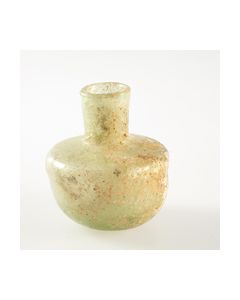 Antikes Glasfläschchen
Antikes GlasfläschchenKleine Flasche aus blassgrünem Glas. Interessante Form. Höhe 47mm. Durchmesser 44mm.
Price: on request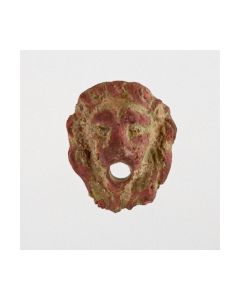 Roman bronze mount shaped as a lion's head
Roman bronze mount shaped as a lion's headFound in Dunham on Trent, Nottinghamshire, Great Britain on 8th of November 2013
€150 Djed pillar amulet
Djed pillar amuletÄgyptische Spätzeit, 26. bis 30. Dynastie. Mintgrüne Fayence. Der Djed-Pfeiler steht für Dauer und Beständigkeit und war im Alten Ägypten als Amulett sehr beliebt.
Price: on request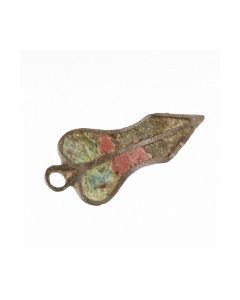 Roman brooch in dagger shape
Roman brooch in dagger shapeInteresting variant of the more common sandal brooch. The colourful enameled brooch has been made in the northern Roman provinces. 2nd cent. AD.
Price: on request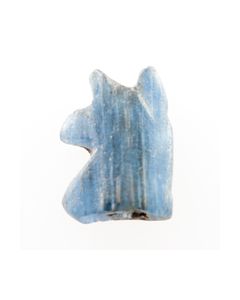 Ägyptisches Udjatauge aus blauem Glas
Ägyptisches Udjatauge aus blauem GlasSehr schönes Amulett des stilisierten Udjatauges. Seltene Variante aus blauem Glas. Altes Ägypten, 1. Jt. v. Chr.
Price: on request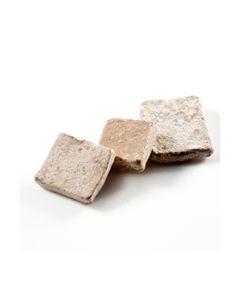 Antike Gewichte, Gruppe aus Judaea
Antike Gewichte, Gruppe aus Judaea3 antike Gewichte aus Judaea. Gruppe plattenförmiger Gewichte aus massivem Blei
Price: on request Egyptian amulet of Taweret
Egyptian amulet of TaweretIt shows the goddess of childbirth in the form of a pregnant hippopotamus. The amulet from the Late Period of Ancient Egypt should exert a protective function. From a British private museum.
Price: on request Egyptian amulet of Taweret
Egyptian amulet of TaweretIt shows the goddess of childbirth in the form of a pregnant hippopotamus. The amulet from the Late Period of Ancient Egypt should exert a protective function. From a British private museum.
Price: on request Egyptian faience figurine of Sekhmet
Egyptian faience figurine of SekhmetProtective amulet in the form of a statuette of the lion-headed goddess with a hieroglyphic inscription on the back. A wonderful and large faience from the Third Intermediate Period of Ancient Egypt.
Price: on request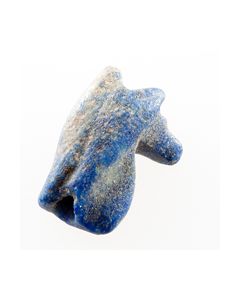 Ägyptisches Udjatauge aus Lapislazuli
Ägyptisches Udjatauge aus LapislazuliSehr schönes Amulett des stilisierten Udjatauges. Lapislazuli. Seltenes, intensives Blau. Altes Ägypten.
Price: on request Antikes Gewicht aus Judaea
Antikes Gewicht aus JudaeaQuadratisches Gewicht aus Blei mit konkaven Seiten, Fund aus Israel. 14,5 Gramm. Entsprechend 1/2 römischen Uncia.
Price: on request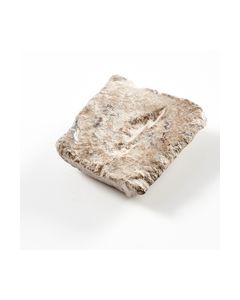 Antikes Gewicht aus Judaea
Antikes Gewicht aus JudaeaQuadratisches Gewicht aus Blei, Fund aus Israel. 11,0 Gramm. Entsprechend 1 Schekel.
Price: on request Greek transport amphora
Greek transport amphoraNicely restored amphora from the Mediterranean sea.
Price: on request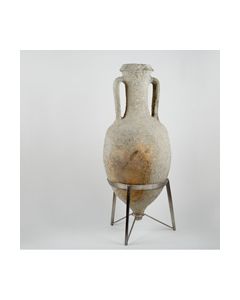 Greco-italic wine amphora - found by divers at the Greek coast
Greco-italic wine amphora - found by divers at the Greek coastTransportamphore aus der Zeit der späten Römischen Republik. Die ausgeprägten Fundverkrustungen verleihen dem Stück einen ganz besonderen Charme
Price: on request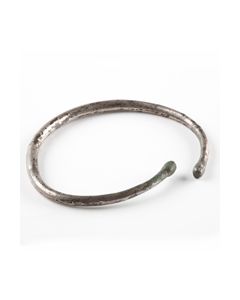 Massiver vorantiker Silberarmreif
Massiver vorantiker SilberarmreifSchwerer Armreif oder Fußreif aus Silber, Durchmesser ca. 112mm, Gewicht 105,7 Gramm. 2. bis 1. Jt. v. Chr., möglicherweise Lorestanisch.
Price: on request Bird shaped Roman brooch
Bird shaped Roman broochProduct of Northern Europe dating to the second century AD. Brooch worked as a flat relief, once with multi-coloured inlays.
Price: on request Skarabäus mit Bergziege und Sonnenscheibe
Skarabäus mit Bergziege und SonnenscheibeSyrisch-palästinisches Skarabäusamulett mit Tierdarstellung und Sonnenscheibe. Etwa 8. bis 7. Jh. v. Chr.
Price: on request Egyptian amulet of a hare
Egyptian amulet of a hareThis type of amulet was popular in the Late Dynastic Period of Ancient Egypt. It should endow its wearer with fertility and rapidity of movement. The piece was exhibited in an early 20th century private museum.
Price: on request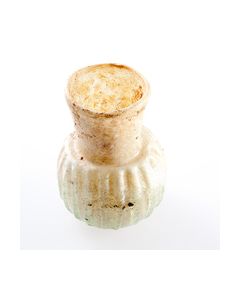 Römisches Glasfläschchen oder Kugelbecher
Römisches Glasfläschchen oder KugelbecherKleines Glasgefäß, typisch für antike Haushalte der Levanteküste. Römisch bis Spätrömisch. Mit elegantem Rippendekor an der Außenseite. 2. bis 5. Jh. n. Chr.
Price: on request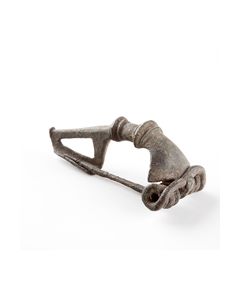 Römische Kräftig Profilierte Fibel
Römische Kräftig Profilierte FibelFibeltyp der frühen römischen Kaiserzeit, sogenannte kräftig-profilierte Fibel. 1. Jh. n. Chr., 58mm lang, in museumswürdiger Erhaltung.
Price: on request Skarabäusamulett mit Löwendarstellung
Skarabäusamulett mit LöwendarstellungAuf der Unterseite laufender Löwe im Stil der Werkstätten von Naukratis. Etwa 8. bis 6. Jh. v. Chr.
Price: on request Rare Roman bronze askos
Rare Roman bronze askosSmall massive duck-shaped jug with lovely decorated handle showing an animal mask.
Price: on request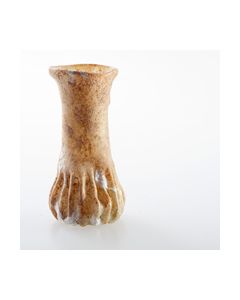 Römisches geripptes Glasfläschchen
Römisches geripptes GlasfläschchenKleines Glasgefäß, typisch für antike Haushalte der Levanteküste. Römisch bis Spätrömisch. Mit elegantem Rippendekor an der Außenseite. 2. bis 5. Jh. n. Chr.
Price: on request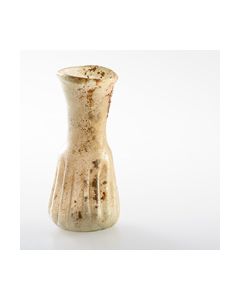 Römisches geripptes Glasfläschchen
Römisches geripptes GlasfläschchenKleines Glasgefäß, typisch für antike Haushalte der Levanteküste. Römisch bis Spätrömisch. Mit elegantem Rippendekor an der Außenseite. 2. bis 5. Jh. n. Chr.
Price: on request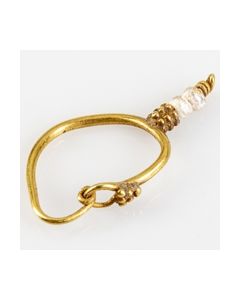 Roman gold earring with pearls
Roman gold earring with pearlsFine specimen from the eastern provinces during late Roman Imperial times. From the collection of the orientalist N. Giron.
Price: on request Ägyptisches Skarabäusamulett
Ägyptisches SkarabäusamulettSkarabäussiegel aus dem 2. Jt. v. Chr. mit ansprechender türkisfarbener Fayenceoberfläche. Die Stempelfläche trägt eine hieroglyphische Inschrift.
Price: on request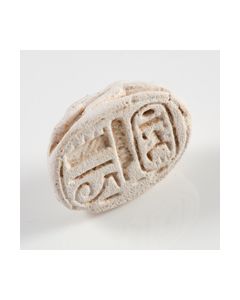 Ägyptischer Skarabäus mit Kartusche des Thutmosis III.
Ägyptischer Skarabäus mit Kartusche des Thutmosis III.Der Stempel trägt den Namen Thutmosis III., Mencheperre, daneben Gottesname Amun und stilisiertes Udjatauge. 18. bis 25. Dynastie des Alten Ägypten.
Price: on request Roman swastika brooch
Roman swastika broochThe swastika shape was known to the Romans as crux gammata. This brooch type of the later Imperial period was used in large parts of the Roman Empire.
Price: on request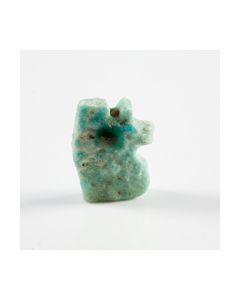 Ägyptisches Udjatauge, Amulett
Ägyptisches Udjatauge, AmulettUdjatauge aus türkisfarbener Fayence, Spätzeit bis ptolemäische Zeit. Beliebtes Amulett, dem eine magische Schutzfunktion zugesprochen wurde.
Price: on request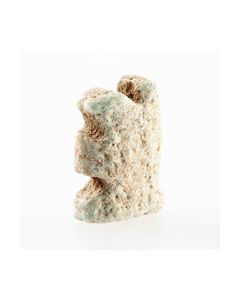 Ägyptisches Horusauge, Amulett
Ägyptisches Horusauge, AmulettUdjatauge aus mintgrüner Fayence, Spätzeit bis ptolemäische Zeit. Beliebtes Amulett, dem eine magische Schutzfunktion zugesprochen wurde.
Price: on request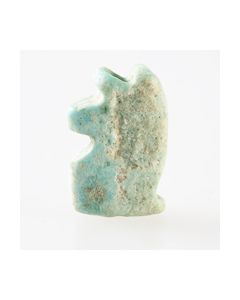 Ägyptisches Wedjatauge, Amulett
Ägyptisches Wedjatauge, AmulettUdjatauge aus mintgrüner Fayence, Spätzeit bis ptolemäische Zeit. Beliebtes Amulett, dem eine magische Schutzfunktion zugesprochen wurde.
Price: on request Großer Henkelkrug mit spitzem Fuß
Großer Henkelkrug mit spitzem FußEinhenkler. 200mm hoch. Mittlere Bronzezeit II, 2000 v. Chr. bis 1550 v. Chr. Ungewöhnliche Formvariante für diese Zeit. Aus Palästina.
Price: on request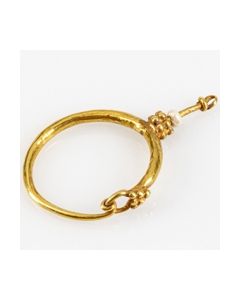 Roman gold earring
Roman gold earringFine specimen from the eastern provinces during late Roman Imperial times. From the collection of the orientalist N. Giron.
Price: on request Skarabäusamulett aus der Hyksoszeit
Skarabäusamulett aus der HyksoszeitÄgyptisches Skarabäusamulett mit typischen Symbolen für die Herrschaftszeit der Hyksos. Aus der Zeit der Fremdherrschaft, ca. 1650 bis 1550 v. Chr.
Price: on request

